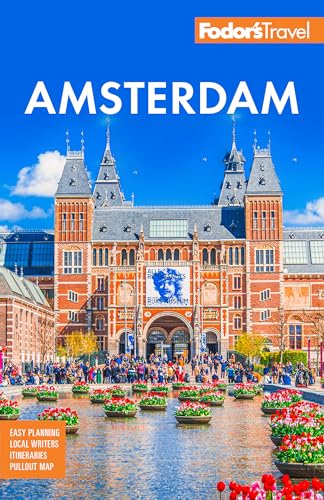Forming an area of unparalleled historical beauty, the famous Grachtengordel (Canal Ring) is located to the west, south, and east of the old city center. Amsterdam's canals were developed first for water management and defense, and then for transport; but in the 17th century came an original piece of town planning (and an epic job-creation scheme) to deal with the need for expansion.
The canal "belt" of the Golden Age consists of three main encircling canals. The first phase of construction yielded the Herengracht (Gentlemen's Canal, built in 1612), followed some 50 years later by a second phase, which produced the Keizersgracht (Emperor's Canal) and the Prinsengracht (Prince’s Canal). Together they became the premier addresses of historic Amsterdam, when wealthy bankers and famous merchants ordered homes built in the latest fashionable styles, ranging from Baroque to Neoclassical.
Developing from west to east (like a giant windshield wiper, according to historian Geert Mak), the innermost canal, the Singel, was widened, and the main canals were intersected with radial canals like the Brouwersgracht, Leliegracht, and Leidsegracht (all of which are well worth a diversion). The grandest stretch of the grandest canal is supposedly along the Herengracht between Leidsestraat and the Amstel, which is known as the Gouden Bocht (Golden Bend).







